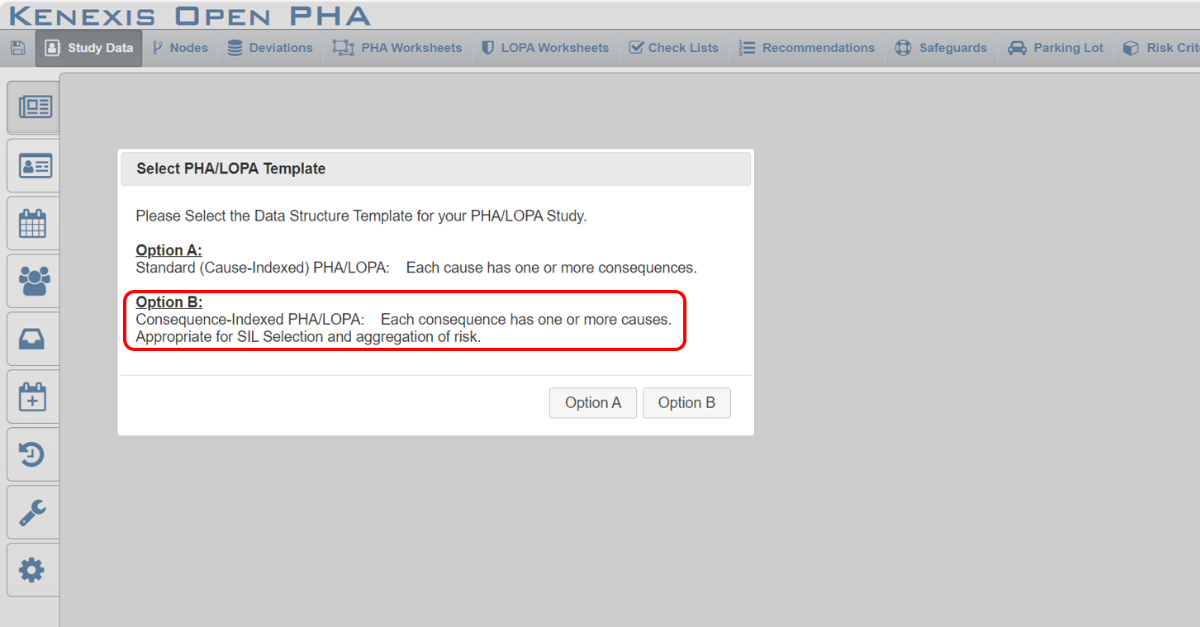It is common for a hazard that is being analyzed in a LOPA to have many different causes and these causes are identified in multiple different locations in the HAZOP as the results of multiple different deviations. The solution to this common problem, unfortunately, often doesn’t align with people’s expectations. One of the main challenges in transitioning from the HAZOP phase to the LOPA phase revolves around consolidating scenarios.
Historically, HAZOP has been conducted using a method known as “cause-indexed.” In this approach, the HAZOP facilitator identifies the underlying causes of the deviation under consideration, for each cause of the deviation multiple potential consequences are explored. Consequently, causes leading to the same consequences are scattered across various deviations within the HAZOP analysis. Compounding this issue is the common practice of beginning with “Flow” deviations, a method I now strongly oppose. Starting with flow deviations often results in all consequences being documented under flow deviations, regardless of their nature, making it challenging to locate specific scenarios, such as low-level conditions in a separator vessel, which might be hidden within flow deviations.
It is a best practice for PHA studies that are to be utilized for subsequent risk activities such as LOPA, bow tie analysis, and risk register development to be executed in a way where facilitators refrain from examining flow deviations until after pressure, temperature, and level deviations have been discussed. This approach aims to foster more logical discussions during HAZOP studies.
During my early days in risk analysis as an instrumentation engineer, I recognized the multiplicity of causes behind hazards that safety instrumented functions (SIFs) aimed to protect against. Before the advent of Layers of Protection Analysis (LOPA), my simplified fault tree analysis method (which you would not call a LOPA) focused on aggregating causes, contrary to the one cause/one consequence model advocated by early practitioners of LOPA whose experience was more related to general risk analysis than the specific task of SIS design and SIL selection.
The technique I devised, now termed “consequence-indexed,” organizes causes of a consequence together. In Open-PHA™, users can choose between cause-indexing and consequence-indexing methodologies (it is part of the study set-up process). At Kenexis, we advocate for consequence indexing, even in HAZOP studies, although it demands greater skill from facilitators who must mentally collate causes as the study progresses. While transitioning from cause-indexed HAZOP to consequence-indexed LOPA poses documentation challenges. At Kenexis we are exploring solutions to streamline this process in our software tools. We are investigating extensions to our software applications that will allow for the marking scenarios for grouping in LOPA or integrating with our Quantitative Bowtie tool as an intermediary between the two methodologies. Bowties, which are structured around hazards, encompass multiple causes and consequences. Our efforts to enhance Open-PHA™ for smoother HAZOP to LOPA transitions will be detailed in our newsletters and website updates.
Ed Marszal
President and CEO, Kenexis

